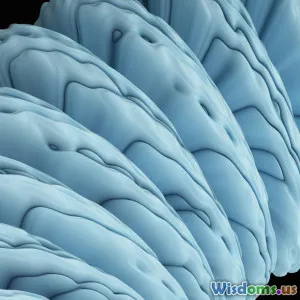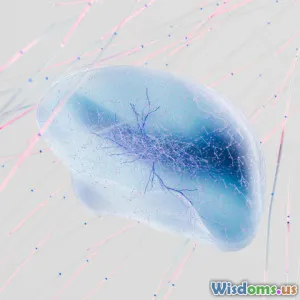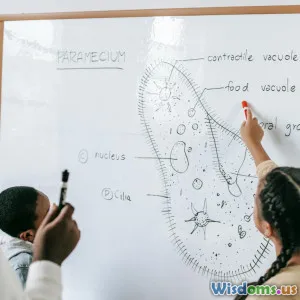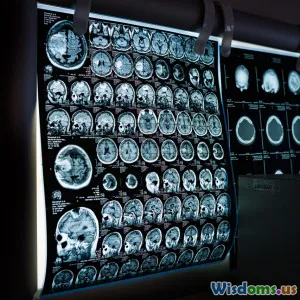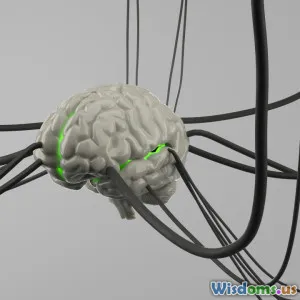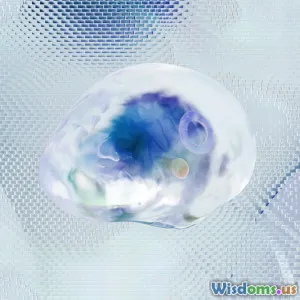
Neural Pathways Behind Memory Creation and Recall
16 min read Explore how neural pathways facilitate memory creation and recall in the human brain, from encoding to retrieval. (0 Reviews)
Neural Pathways Behind Memory Creation and Recall
Memory shapes much of who we are. From remembering a childhood friend’s laughter to recalling the details for an upcoming meeting, the ability to store and retrieve experiences forms the foundation of learning, decision making, and personal identity. Yet, beneath these familiar acts lies a web of extraordinarily complex biological processes. Modern neuroscience has begun to unravel the fascinating pathways that allow the human brain to encode, store, and retrieve memories with remarkable efficiency. Understanding these neural circuits offers insights not just into daily life, but also into aging, education, and the frontiers of treating memory disorders.
Laying Down the Initial Trace: How Experiences Become Memories

Think about the last time you learned a new skill—riding a bicycle, for instance. At first, every movement and balance adjustment required conscious effort. But over time, actions became fluid and instinctive. This behavioral change hinges on neural plasticity: the brain’s wondrous capacity to adapt and reorganize connections among neurons.
Central to this process is the hippocampus, a seahorse-shaped structure deep in the temporal lobe, and a key player in forming new memories. When you experience something novel, sensory information is rapidly channeled through neural circuits that converge in the hippocampus. Here, short-term memories are encoded into patterns of neural activity. For explicit, declarative memories—facts and events—this pathway is essential.
Neuroscientist Dr. Brenda Milner’s seminal research with patient HM, who suffered severe amnesia after hippocampal damage, offered compelling proof. While HM retained the ability to learn new motor skills, he could not form new declarative memories—each hospital visit was a baffling new experience. This dramatic outcome underlined the hippocampus’s unique role in consolidating short-term perceptions into lasting memory traces.
On a cellular level, this transition involves long-term potentiation (LTP), a process in which repeated stimulation of certain synapses strengthens their connectivity. Think of it as neurons “wiring together” the more they’re “fired together” — the foundation for storing experiences as memories.
Short-Term vs. Long-Term Memory: Divergent Neural Circuits

Not all memories follow the same neural road. When you recall a phone number just long enough to dial it, you’re utilizing short-term or working memory. This brief retention depends less on the hippocampus, and more on areas like the prefrontal cortex. Essentially, working memory serves as a mental dry-erase board, allowing us to temporarily juggle and manipulate information.
In contrast, long-term memory—the kind invoked when reminiscing about a childhood vacation—is the culmination of repeated neural reinforcement and consolidation. Once encoded and stabilized in the hippocampus, these memory traces are gradually transferred to wider regions of the neocortex for storage. Just as a well-used footpath becomes established in a forest, recurring neural activity strengthens particular synaptic circuits, making retrieval easier.
Our understanding has expanded through techniques like functional MRI, which visualize brain activity in real time. For example, researchers have consistently observed distinct patterns: the prefrontal cortex lights up during tasks involving short-term or working memory, while the hippocampus and various neocortical regions interplay during recall of deeply rooted memories.
Defects in these systems can explain challenges like those seen in Alzheimer’s disease, where degeneration often starts in the hippocampus, leading to profound impairment of memory formation.
Memory Consolidation: The Night Shift in Your Brain

It’s no coincidence that a good night’s sleep boosts your ability to remember new materials. Sleep—particularly deep, slow-wave and REM stages—acts as a crucial period for memory consolidation. During sleep, memories move from the fragile state inherent in the hippocampus to more distributed networks in the cortex, becoming stable and long-lasting.
Groundbreaking studies using electroencephalography (EEG) have shown that the brain “replays” neural firing sequences during sleep, particularly in the hippocampus. This rehearsal is believed to “teach” other brain regions, effectively spreading and embedding knowledge. In one experiment, rats ran through a maze and their hippocampal neurons fired in distinct patterns. During subsequent sleep, those same patterns re-emerged, as though the brain relived the event, helping to cement the memory.
Practical implication? Cramming all night for an exam may do less for your retention than spreading study over days and getting regular rest in between. Sleep not only rejuvenates the body—it is vital for the solidification and integration of learning.
The Journey of Recall: Unpacking Neural Retrieval Paths

Memory recall isn’t mere playback—it’s akin to painstakingly reconstructing a scene using neural clues. The journey of retrieval typically begins with a cue—a smell, a sound, or a mental probe triggers activity in the medial temporal lobe, especially the hippocampus. From here, neural circuits branch out to sensory and associative cortical regions, reactivating patterns reminiscent of the original experience.
Interestingly, researchers have found that when you successfully recall a memory, parts of your brain “replay” the same neural activity seen during initial encoding. If the original trace was vivid or emotionally charged, recall tends to be more detailed—a concept applied in courtroom testimonial reliability and in the design of “flashbulb memory” experiments.
Memory retrieval is not failproof, however. Every act of recall alters the neural trace slightly—a phenomenon called reconsolidation. New information, biases, or emotions can change details each time a memory is accessed. For example, recalling a vacation may, over time, reflect not just what happened, but also what others said or how you now feel about the event. Neuroscientist Elizabeth Loftus’s work on eyewitness testimony reveals how easily memories can be reshaped—highlighting the plastic, dynamic nature of memory recall.
Connecting the Dots: Neurotransmitters in Memory Pathways
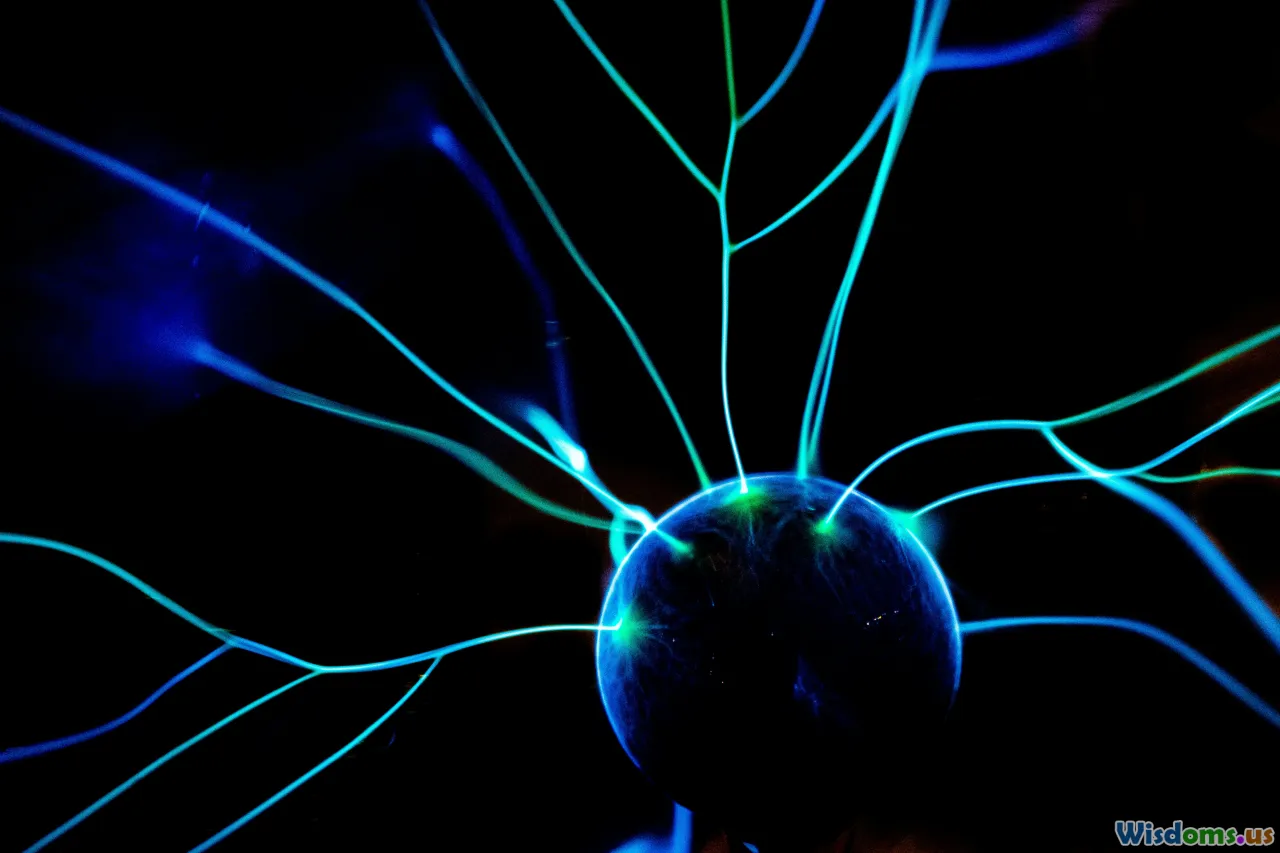
Peering into the cellular mechanics of memory reveals a crucial supporting cast: neurotransmitters. These chemical messengers mediate the complex electrical signals zipping between neurons. Several key neurotransmitters play outsized roles in memory processes:
- Glutamate: The main excitatory neurotransmitter central to synaptic plasticity and long-term potentiation. NMDA receptors, a specific type of glutamate receptor, are directly involved in forming and strengthening synapses during learning.
- Acetylcholine: Instrumental in attention, learning, and memory formation. Decreased acetylcholine is a hallmark of Alzheimer’s disease, explaining some of the cognitive deficits.
- Dopamine: Best known for its impact on reward and motivation, dopamine also helps regulate the salience of memories. Research shows more dopamine release during rewarding experiences, helping prioritize which information is stored.
Pharmaceutical interventions targeting these chemical pathways have shown promise—and limitations. Drugs designed to boost acetylcholine or modulate glutamate activity are commonly prescribed for memory loss, though they cannot fully reclaim damaged neural circuits.
Experience, Emotion, and the Power of Meaningful Memories

Why do emotionally charged experiences imprint so vividly in our minds? From both evolutionary and neurological standpoints, emotional events activate the amygdala, a small almond-shaped structure that interfaces with the hippocampus and other cortical areas. This emotional boost supercharges the encoding and consolidation of memories.
Pioneering experiments have revealed that exposure to fearful or exciting stimuli amplifies electrical and chemical signaling along relevant neural circuits. For instance, remembering where you were during a historic event—a natural disaster, a public celebration—demonstrates the “flashbulb” memory effect, where emotions sear details into long-term storage.
The practical wisdom in education and public speaking is clear: connecting information to emotional relevance—through storytelling, drama, or surprise—greatly enhances memorability. This is why teachers use vivid examples, and why historical tragedies and triumphs linger in a society’s collective consciousness far longer than mundane facts.
Memory Loss and Neuroplasticity: Can Pathways be Rebuilt?

What happens when memory pathways are disrupted? Whether due to traumatic injury, stroke, or neurodegenerative diseases, memory loss can be devastating. Yet, our understanding of neuroplasticity—the brain’s ability to forge new connections and reroute functions—offers hope for rehabilitation.
Take the widely reported cases of stroke survivors relearning language and daily skills through dedicated therapy. These recoveries often tap into undamaged neural networks that compensate for lost ones. Cognitive rehabilitation programs, such as spaced repetition, mnemonic strategies, and associative learning, directly encourage alternative pathways for encoding and retrieval.
Moreover, groundbreaking research is investigating brain-machine interfaces and stem cell therapies to restore or bypass lost neural circuits. Experimental devices recording hippocampal activity have even been used to help animals and humans recover certain memory functions—a frontier with immense potential but significant ethical and technical hurdles ahead.
Strategies to Boost Memory: Harnessing Neurobiology in Everyday Life

Understanding memory’s neural underpinnings provides actionable lessons that anyone can apply:
- Embrace Spaced Repetition
- Systematic review at increasing intervals deeply engrains information.
- Engage Multiple Senses
- Combining visual, auditory, and kinesthetic cues encourages broader neural activity.
- Sleep Well and Regularly
- Adequate, quality sleep is non-negotiable for memory consolidation.
- Move Your Body
- Physical exercise promotes neurogenesis—growth of new neurons, especially in the hippocampus—as shown in countless animal and human studies.
- Fuel the Brain
- Diets rich in antioxidants, omega-3 fatty acids, and low in processed sugar help maintain neuron health.
- Seek Novelty and Challenge
- Learning new languages, instruments, or problem-solving puzzles strengthens synaptic connections and fosters new neural pathways.
- Stay socially and emotionally engaged
- Emotional context and social learning make memories stick.
For students, lifelong learners, and aging adults alike, leveraging these strategies means not just remembering more, but nurturing the neural health that underpins cognition across the lifespan.
Looking Forward: Unlocking the Future of Memory Science

As imaging technologies, genetics, and artificial intelligence continue to advance, our grasp of neural memory circuits grows ever deeper. Projects such as the Human Connectome and Brain Initiative are mapping, in unprecedented detail, the wiring diagrams of the brain—potentially revealing hidden signatures of memory disorders long before symptoms manifest.
Meanwhile, researchers are probing the overlap between biological and machine learning: Can insights from neural memory formation inspire better computer algorithms, or vice versa? The cross-fertilization between neuroscience and AI offers tantalizing possibilities—from smart prosthetics assisting those with amnesia, to enhanced educational methods grounded in real-time brain feedback.
Yet amidst futuristic possibilities, the fundamental marvel endures: Each memory is a living pattern of synaptic connections—a dynamic trace of moments, learning, and identity, encoded into the architecture of our brains. The next time you reminisce or master a new skill, know that a silent symphony of neural pathways, honed by evolution and experience, makes it all possible.
Rate the Post
User Reviews
Popular Posts











